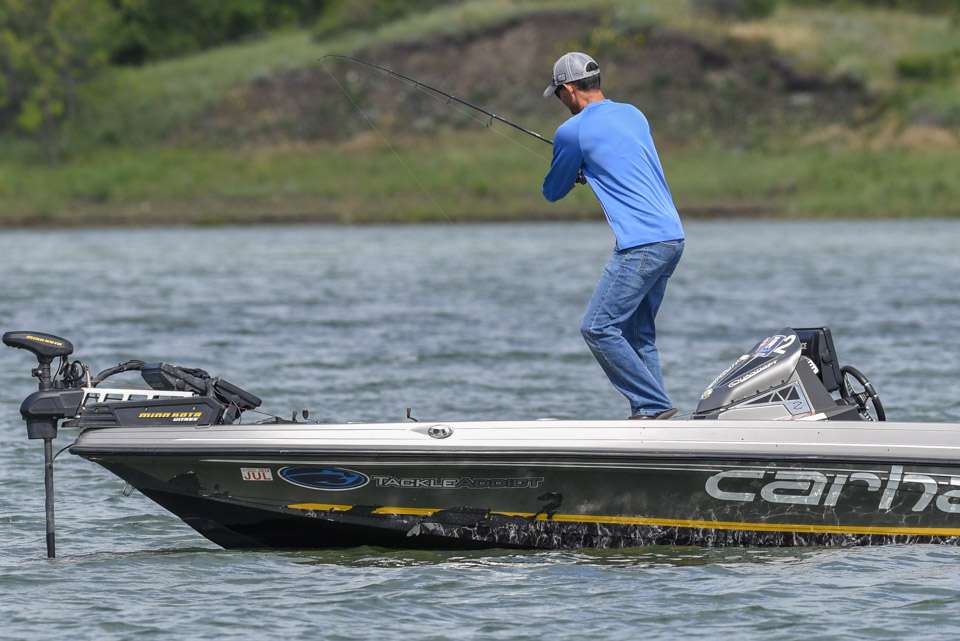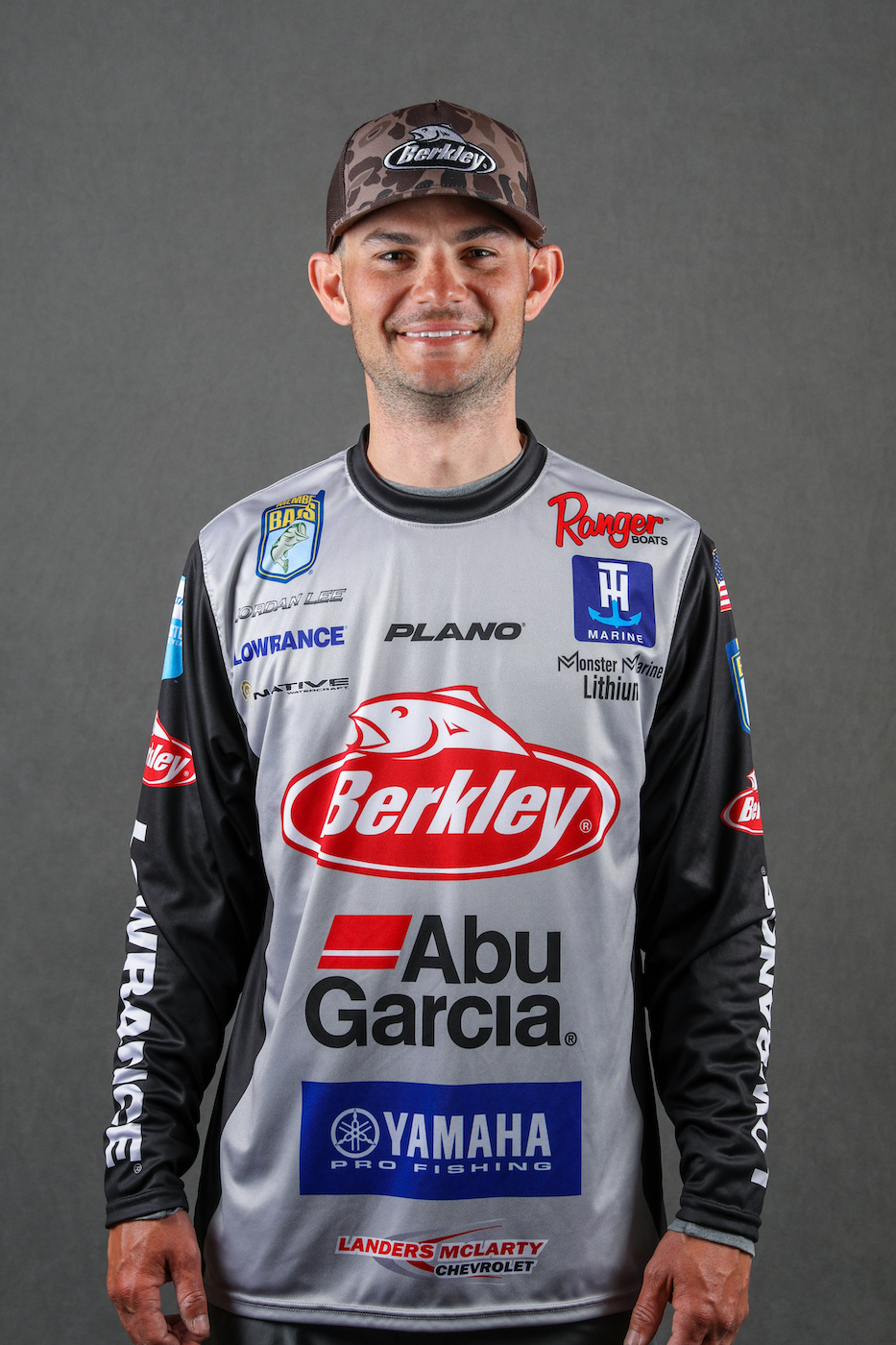
Sometimes we make this bass fishing thing too complicated. Regardless of where the fish may be in the lake there’s only three ways to catch them — on top, in the middle, on the bottom. So, all you really need to catch a few is a lure, along with a matching rod and reel, that’ll cover each of those three depths.
We’ll start on top:
Probably the one indispensable lure for topwater bass fishing is a frog. There are places and situations where you can’t throw anything else. Heavy vegetation, thick tangled wood and places that are covered with slop just won’t allow for anything else.
But, a frog is not as limiting a lure as many anglers think. It’ll walk across open water in a quiet manner, or in a noisy manner. You can hold it almost perfectly still and bounce it around like a popper, too.
I’m not saying that it’s always the best choice for those presentations, but I am saying that it’ll do in a pinch. And that’s the real key.
You don’t need one of everything that floats to catch them. Don’t get sucked into thinking that the deck of your boat needs to look like a top pro’s when he launches in the morning. It doesn’t. You aren’t earning a living at bass fishing. Simplify things and have a good time.
We’ll drop down to the middle:
My choice here would be a hard jerkbait. They aren’t the easiest lures to fish with, but they are effective and efficient. You can fish them fast without pauses — like a crankbait — or slow with a lot of long pauses. Do your best to match the hatch with size and color when you’re fishing with one of them.
Being realistic, however, there are dozens of other choices for suspended bass. Swimbaits, vibrating jigs, lipless crankbaits and even spoons can cover the middle of the water column efficiently, and at times those lures will slay them.
The two things those other lures won’t do, however, is pause and hold their depth. That’s the biggest reason why I first mentioned suspending hard jerkbaits. They have that one feature the others don’t.
And we’ll finish at the bottom:
My first choices here are a shaky head or a drop shot. Those two rigs are as good as it gets when you’re looking for a bottom bite. They look natural, and they’ll catch any bass that’s even thinking about eating.
Some of you might be surprised that I didn’t mention a jig as my first choice. I’m a big fan of jigs. I fish them all the time, and there’s no doubt they attract bigger bites. But I’m a pro. I’m interested in five bass that weigh as much as possible. If I just wanted to catch keeper bass and have a good time doing it, I’d go with my shaky head or my drop shot. They’ll get more bites.
Pick the right tackle:
Rods and reels are not a one size fits all thing. All I’m going to give you here are things to think about when you choose one.
Topwater rods for frogs tend to have a heavy action and the reels will usually have high gear ratios. That’s so we can pull bass out of the heavy stuff quickly before it can wrap us around something and get loose.
That’s great if you do a lot of frog fishing. But, if you want to walk a bait or work it subtly you’ll find that a softer action with a smooth, parabolic bend will do you a better job. And keep something else in mind. Most anglers have better control over their topwater baits with shorter rods.
When it comes to jerkbaits there really isn’t a standard. Every angler likes one type of action over another. It’s all about personal preference. Some anglers like medium action rods with quick tips and medium speed reels. Other anglers, who are just as good, prefer a softer action rod because they get better hooksets.
When it comes to fishing a shaky head or a drop shot most anglers will opt for a 7-foot, medium action spinning rod along with a 30 size reel. That seems to be the best choice for a wide variety of conditions.
Regardless of which technique you’re thinking about I strongly suggest you visit a well-stocked tackle shop and check things out. You need to handle and feel a rod in your hand before you buy it.
My preference for all my rods and reels is Abu Garcia. They have an almost endless array of models and styles that’ll meet any anglers needs.
One thing you should never do, however, is buy a rod or reel because someone else tells you that’s the one you need. Take everyone’s opinion and advice into consideration, and then make your own decision. It’s your rod and reel, not theirs.
Keep things simple when you go bass fishing. That is the message of this column. More is not always better.

